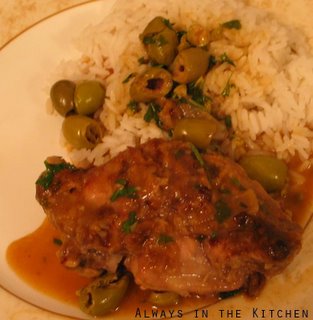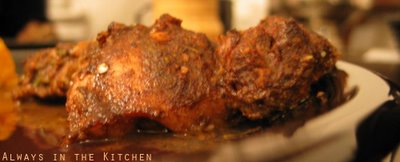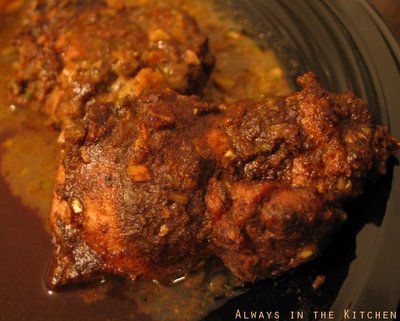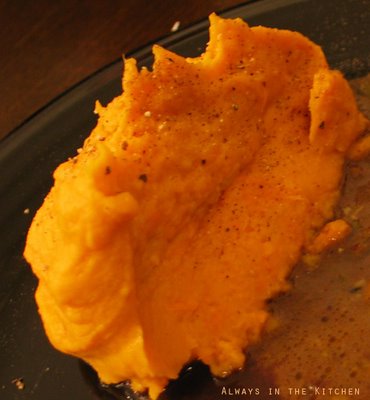
I've been meaning to try making buckwheat pancakes for months, now, but somehow never really got it off the ground. Part of the reason is that I've not had them often, and I wasn't really sure where to start - what would make one recipe look better than the others as a jumping-off spot. However, I've had great luck with other recipes from Molly at Orangette, so it seemed like a great place to start. If I was going to put blind faith in a recipe, a fellow blogger with great taste seems like the best place to start. When I saw her recipe for Blueberry Buckwheat Pancakes, on Saucy, I promptly printed it out and stuffed it into my more serious file of Things I Must Try. Saucy no longer seems to be a going concern. I don't know what happened, but the recipe is still there, fortunately for those of you who haven't tried it yet.
One of the things that particularly appealed to me was that these seemed to be nice, substantial pancakes, as opposed to the crepe-like buckwheat creations I've seen from time-to-time in restaurants and cookbooks. This was exactly the kind of pancake that I was looking for. Slightly plump, golden-edged, tender, hearty, and simple.
As you can see from my efforts shown above, I did not follow through with the blueberries, but that was actually due to the current high prices as opposed to my inexplicably quirky iffy-ness regarding blueberries. I would not rule out blueberries on a subsequent attempt.
Now that I've possibly shocked you with the revelation that I don't rate blueberries at the top of the berry continuum, I suppose you won't feel anything but numb when I mention that maple syrup is not my favourite pancake-topper. No indeed! My pancakes meet their fate and my plate with variously peanut butter (very occasionally with a small amount of maple syrup on top of the peanut butter) or fruited yoghurt. Fruit preserves are also nice, if they're not too sweet. Fact is, it has been literally years since I bought a bottle of maple syrup. Part of this is because we tend alarmingly toward the eggy-savoury breakfast choices, and part of it is that when I do use syrup, I tend not to use very much of it. Indeed, I would rather cut a piece of pancake and dip one edge, than pour the syrup over top.
Sadly for food photography, peanut butter does not look sexy as a pancake topper - although I assure you it is delicious, so long as you like peanut butter - and yoghurt...well, let's just leave it as "unattractive." Thus, you get a picture of a naked pancake stack (ah, who am I kidding, I don't eat them in a stack, either, I devour them as they come off the frying pan).
One word to the wise - if you like the lacy golden look of the pancake surface, re-spritz the pan between batches of pancakes. The alternative, a dark, even brown, is certainly tasty but this way is more picturesque.
















